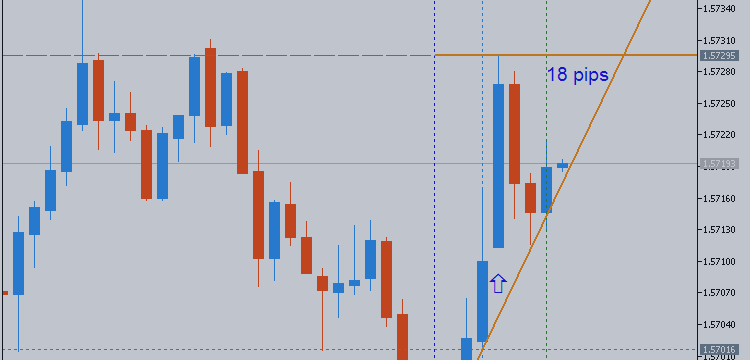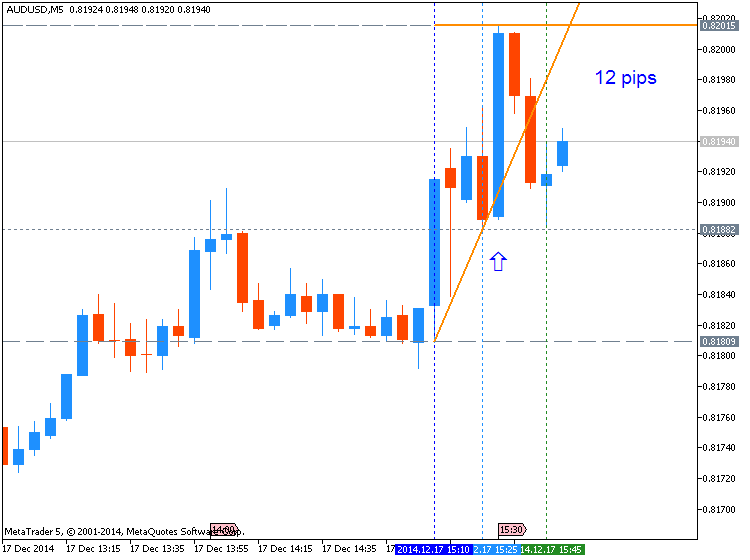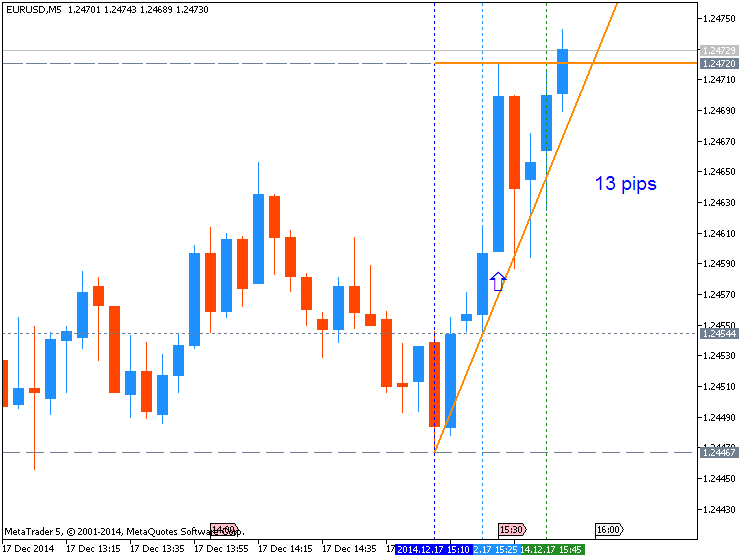
VIDEO LESSON - Trading the News: Consumer Price Index (CPI)
Released at 8:30 am eastern standard on approximately the 15th of each
month, the Consumer Price Index (CPI) is a measure of the changes in
prices paid by urban consumers for a fixed basket of goods and services.
- The PPI is designed to measure the entire marketed output of US producers which includes goods and services purchased by other producers. (The CPI includes only goods purchased by consumers)
- Imports are excluded from PPI but included in CPI
- Taxes paid as part of the purchasing price by the consumer are not included in PPI but are included in CPI.
The important thing to understand here is that while changes in PPI
are normally looked at as having predictive power as to changes in the
CPI, a rise or fall in the PPI does not necessarily mean the same rise
or fall in the CPI. As this is the case, and as the CPI is the end
price paid by the consumer, this number best represents the level of
inflation in the US economy.
In addition to showing fluctuations in price for different areas of
the country, the CPI also shows the fluctuation in price for different
groups of products such as housing, transportation, medical care etc.
This allows traders to see not only the price fluctuations of the
overall economy but also for different areas of the economy.
There are two main CPI numbers reported which are the CPI for Urban
Wage Earners and Clerical Workers (CPI-W) and the CPI for all Urban
Consumers (CPI-U) which basically give two separate numbers for the
price increases experienced by working people and the price increases
experienced by all consumers.
As with the PPI the Consumer Price Index is also presented without
volatile food and energy included. This “Core CPI” number or CPI-U
minus food and energy is the most widely followed number.
AUDUSD M5: 12 pips price movement by USD - CPI news event

EURUSD M5: 13 pips price movement by USD - CPI news event



